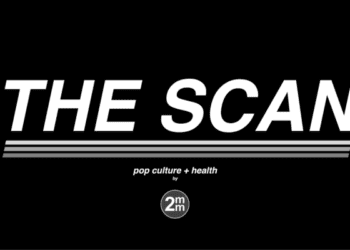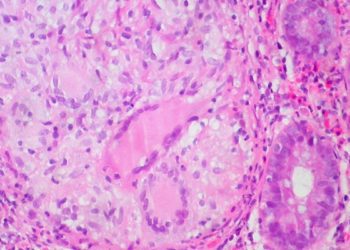Study reveals suburban clinicians’ perspectives on screening for food insecurity
1. In a mixed methods study of screening for food insecurity (FI) among 6 suburban practices, 3 major themes emerged. 1) time and workflow were not barriers to screening for FI, but pediatricians’ concern for embarrassing families served as a deterrent to screening. 2) Clinicians reported that families felt cared for as a result of the screening. 3) Pediatricians suggested incorporating FI screens prior to the start of the visit.
2. Children who screened positive for FI were more likely to be African American or Hispanic, younger, have asthma, and receive public insurance.
Study Rundown: Screening for, and addressing, FI is critically important as a method to improve the children’s wellbeing and long-term outcomes. Although the effect of screening for FI in urban pediatric practices has been widely studied, there is a relative dearth of research concerning suburban practices. To address this gap, this study evaluated the feasibility, clinician acceptability, and impact of screening on families. Several suburban Philadelphia practices were asked to incorporate FI screening, and positively screened families were referred to Supplemental Nutrition Assistance Program (SNAP) resources. Feasibility, clinician acceptability, and impact were all primary outcomes. Children who screened positive were more likely to be African American or Hispanic, younger, have asthma, and receive public insurance. Focus groups were conducted to assess clinician acceptability, and 3 major themes emerged. Barriers to screening included fear of embarrassing families and inability to offer adequate resources if families screened positive. However, the majority of families who screened positive were thankful for being asked. Finally, clinicians thought incorporating the screen into the intake portion of the visit was the best way to ensure screening and reduce stigma. Of the families screening positive, half declined referral to additional resources. Only 1 family ultimately received new SNAP benefits. Given patient reaction to screening, clinicians should consider incorporating FI screening into all visits. While this study breaks ground in an unexplored area, generalizability is limited due to the small geographic radius of the study population.
Click to read the study, published today in Pediatrics
Relevant Reading: Determinants of health and private pediatric practices
In-Depth [prospective mixed methods study]: This study included 6 suburban Philadelphia pediatric practices in the Children’s Hospital of Philadelphia pediatric research consortium. Each practice was approached by a study team member and asked to incorporate an FI screen in their EHR for every 2-month, 15-month, and 36-month well-child visit as part of the nutrition portion of the appointment. Families screening positive were referred to a community resource to review qualifications, apply for, and receive SNAP benefits. Of the 5645 eligible children, 4371 (77.4%) were screened. One hundred and twenty two (2.8%) screened positive for FI. Clinics with over 25% publicly insured families were more likely to have children screening positive (5.1% vs 1.7%, P< .0001). Eighteen of 37 clinicians participated in focus groups. Clinicians agreed that screening did not affect workflow. Primary barriers to screening included clinician discomfort and fear of embarrassing families. However, clinicians also reported that families were generally thankful to be screened and subsequently referred. Clinicians agreed that screening questions should be asked before the visit, in the waiting room, to reduce stigma. Of the 122 families who screened positive, 58 (48%) did not want referral services, as they were already receiving SNAP benefits or they knew they didn’t qualify. Of the rest, 17 were unable to be reached, 10 ultimately declined referral, 5 were non-English speakers, and 32 consented for referral. Of the 32, 9 spoke to the referral specialist and 1 family received new SNAP benefits.
Image: PD
©2015 2 Minute Medicine, Inc. All rights reserved. No works may be reproduced without expressed written consent from 2 Minute Medicine, Inc. Inquire about licensing here. No article should be construed as medical advice and is not intended as such by the authors or by 2 Minute Medicine, Inc.





![Adverse pregnancy outcomes associated with thrombophilias [Classics Series]](https://www.2minutemedicine.com/wp-content/uploads/2015/07/Classics-2-Minute-Medicine-e1436017941513-75x75.png)


